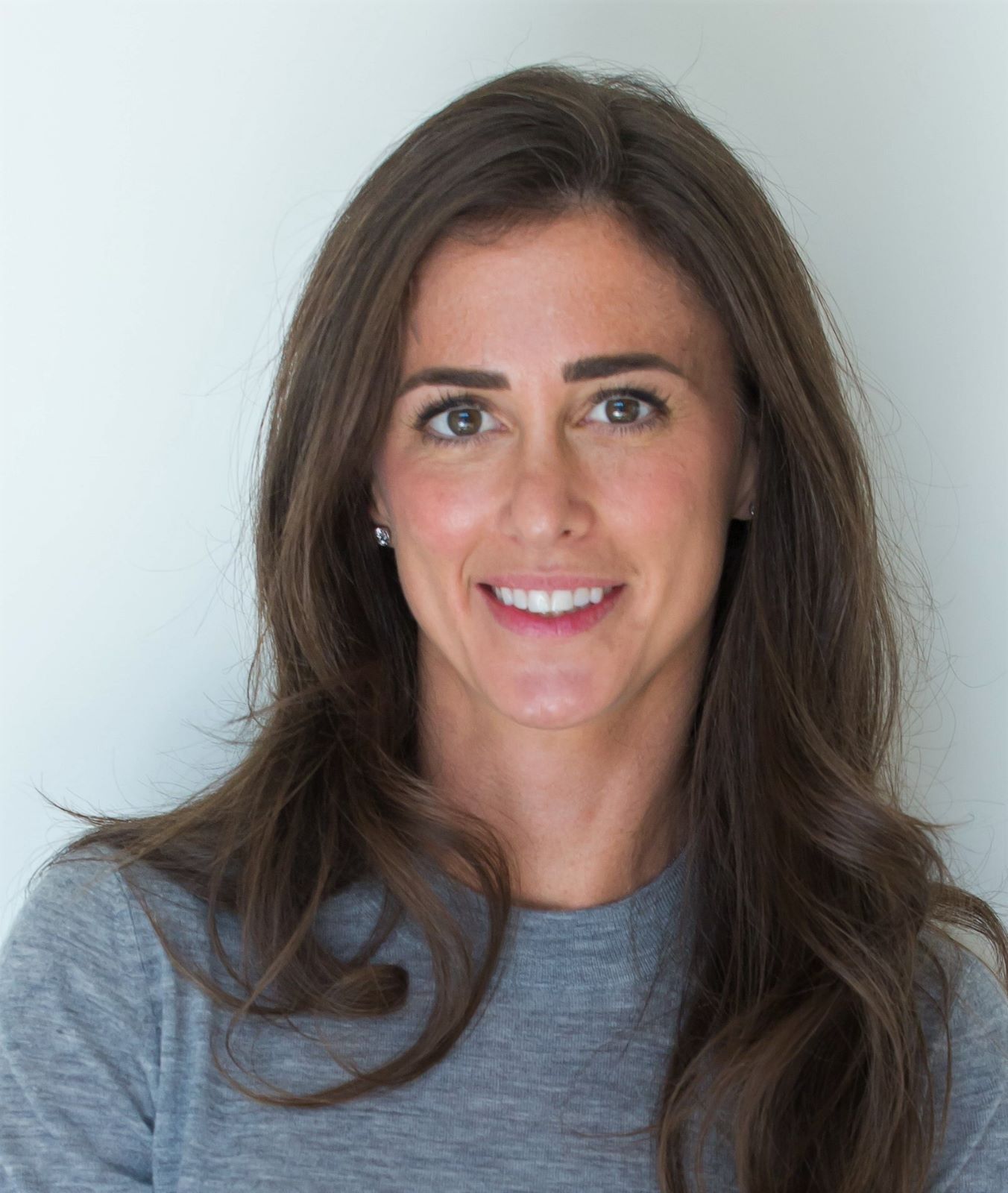Capital invested in African startups reached a record $3 billion last year, according to PitchBook data. The Middle East was down 4.2% to stand at $15.9 billion, but the region still fared relatively better than its more established counterparts like the US and Europe.
Although more investors are paying attention to these regions, they remain underserved. Global Ventures is a growth-stage, Dubai-based venture firm focusing on startup ecosystems in the Middle East and Africa.
We spoke to managing partner Noor Sweid about the merits and challenges for investors looking to back startups in the regions. The following has been edited for length and clarity.
PitchBook: What makes the Middle East and Africa attractive ecosystems for VCs?

Sweid: MENA [the Middle East and North Africa] and Sub-Saharan Africa are home to about 1.5 billion people—half of which are under 30. These billions are not just consumers, but also creators. And what they’re creating are new solutions to real problems that affect thousands of people using cutting-edge technology.
Lack of energy, food and infrastructure—these are all real challenges that companies in the region are trying to fix. You have 0.2 doctors per 1,000 people in Sub-Saharan Africa and 4.5 [doctors per 1,000 people] in Europe. We’re never going to fix that problem by building more hospitals. You don’t fix financial inclusion by building banks. In places like Europe and the US, there’s legacy infrastructure and systems in place that you just don’t have here.
You can apply cutting-edge technology to solve a real-world problem without the legacy, the sunk costs, the politics and the lobbies that you have in the Western world. The region is like a blank slate, and it’s ripe for growth.
Investors are predicting that 2023 will be more challenging for startups. How will these regions be impacted?
Macro-wise, the world has imploded, but it’s almost business as usual in the region. Whether it’s currency fluctuation, inflation or the lack of capital, founders in the Middle East and Africa are used to it. It’s just another day for them. So they’re actually in a better position to navigate this global change than a founder that is used to raising money easily. Capital efficiency is built into emerging market companies, and they prioritize profitability because they need to in order to be sustainable. 20% of our portfolio is profitable, and that’s by the founders’ design.
Are you seeing an increase in foreign investor participation?
We’re starting to see prominent, global investors come into the region, or at least explore it. It’s like virgin territory for a lot of investors, and because there aren’t many operating in the region; they aren’t being crowded out of deals or seeing valuations pushed sky high.
What is also helping is that we are witnessing the rise of global businesses coming out of the region. Around 25% to 30% of our portfolio have managed to build from operating just regionally to globally, and these are companies whose revenues are now higher in the US and Europe than in their own markets. It helps build a narrative that we are creators, not just consumers.
International investors are definitely seeing value in the region. However, they’re not getting in on the ground, but rather waiting to invest after these companies have already raised with local investors like us.
What are the main challenges for investing in these regions?
The lack of capital is the main challenge. We’ve always had the problem of there being more opportunities than capital to deploy, which means there are many great startups that miss out. Even the ones that do get funding are unable to scale as quickly as companies in Europe and the US because you need capital to grow, and they don’t have the same kind of access.
Also, on many occasions, the founders and companies still look and feel very local, and that can be a problem for foreign VCs. Recruiting the right team, making sure the governance is in place, making sure their deck tells the story in the right way—there’s an art as well as a science to it.
For VCs on the other side of the world to understand these companies, they need to look the same as the startups in the US and Europe but with one variable: the market. US VCs expect certain things to be done in a certain way so they can feel more comfortable with investing, and that’s something local investors can help with.
What do investors need to know before investing in the Middle East and Africa?
There’s no copycat approach in the region because, as I said, it’s a blank slate. You need to bring a certain level of humility and curiosity to investing. The founders we work with aren’t just solving problems, but living with them as well. They have a lot more knowledge about the ecosystem and the pain points than investors who have never experienced them.
Which sectors do you expect to do well this year?
We’re really excited about the opportunities in supply chain tech. We’re in a part of the world where 90% of domestic consumption is imported, and there’s a need for proper infrastructure in all areas. Things like 3D printing for manufacturing or drone delivery for last-mile logistics will completely change the way supply chains operate.
Agtech and energy are also areas that we’re looking at because they are major problems that need to be solved. I think there’s an opportunity for startups in MENA to leapfrog other regions because they don’t have the legacy issues that are holding more mature markets back.
Featured image by Richard Drury/Getty Images
Credit: Source link


Comments are closed.